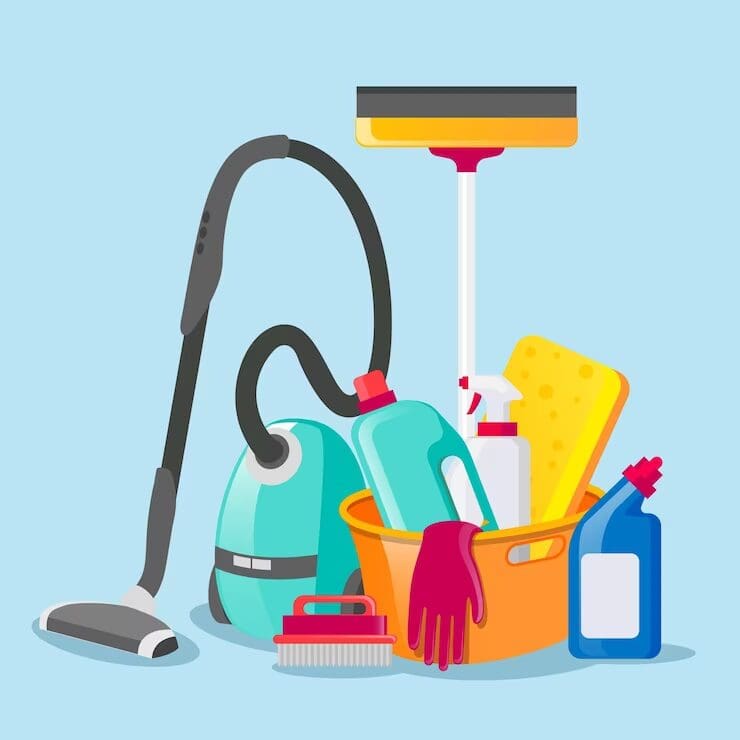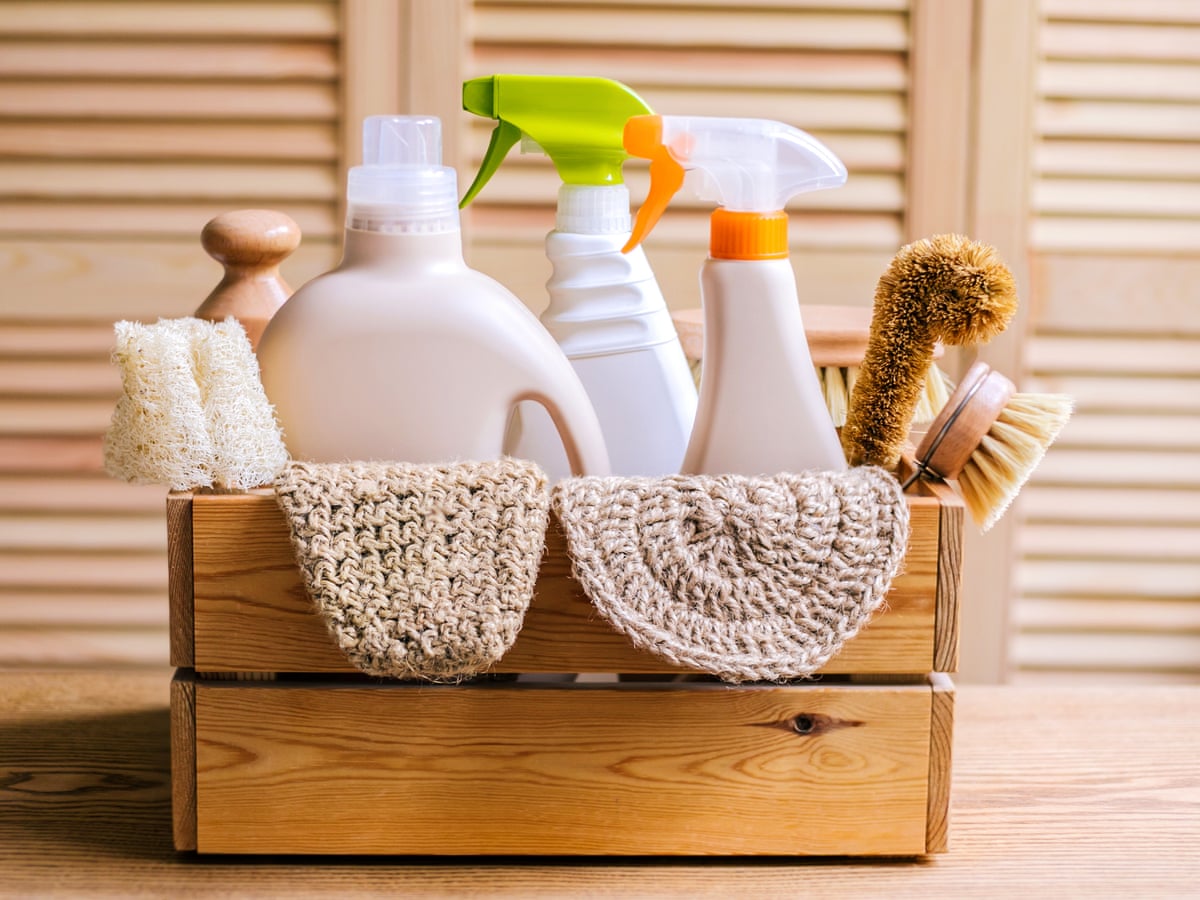Important Tips for Everyday Cleaning: Just How to Defrosted and Cleaned Every Few Months for a Fresh Property
Important Tips for Everyday Cleaning: Just How to Defrosted and Cleaned Every Few Months for a Fresh Property
Blog Article
Recognizing the Demand for Extensively Decontaminating and Disinfecting Regularly Touched Surface Areas in High-Traffic Locations
In the world of public health and wellness and safety, the careful disinfection and sanitization of often touched surfaces in high-traffic areas stand as extremely important steps in preventing the spread of damaging pathogens. By discovering the numerous facets of surface area sanitation, from the dangers associated with disregarding cleaning procedures to the reliable techniques that can be used, a clearer understanding emerges of the essential function these methods play in safeguarding public health and wellness.
Significance of Surface Disinfection
Stressing the detailed disinfection of high-traffic surfaces is vital in maintaining a sanitary setting and preventing the spread of hazardous pathogens. High-touch surfaces such as door deals with, light switches, lift switches, and countertops serve as reproducing grounds for germs and infections. Routine disinfection of these surface areas is important to lower the danger of contamination and transmission of ailments.
By carrying out a durable disinfection method, businesses and establishments can create a more secure setting for visitors, workers, and clients. Proper surface disinfection not only reduces the spread of transmittable diseases however likewise infuses self-confidence in the tidiness and security of the facilities. This aggressive technique shows a commitment to health and health, which is especially vital in high-traffic areas where the likelihood of direct exposure to microorganisms is heightened.
Moreover, surface area sanitation plays a critical function in general infection control techniques. Combined with hand hygiene practices, using masks, and preserving physical distancing, thorough sanitation of high-touch surfaces forms a detailed protection versus the transmission of dangerous microorganisms. Focusing on surface area disinfection is an essential component of an alternative technique to health and wellness in shared spaces.
Dangers of Neglecting Cleaning Practices
Ignoring comprehensive disinfection of high-traffic surfaces significantly heightens the danger of viral and microbial contamination, presenting a major threat to the health and safety of individuals often visiting these rooms. Failure to apply correct cleansing practices can bring about the build-up and spread of unsafe pathogens, consisting of infections and germs, on often touched surfaces such as doorknobs, handrails, elevator switches, and counter tops.

Moreover, neglecting the relevance of extensive cleaning not just endangers the wellness of individuals yet likewise weakens initiatives to keep a hygienic and tidy setting. It is critical to identify the relevance of proper disinfection methods in avoiding the spread of infections and protecting public health.
Effective Disinfection Methods
To preserve optimum tidiness and reduce the danger of contamination on high-traffic surfaces, utilizing efficient sanitation approaches is important. One of the most common and efficient sanitation approaches is utilizing chemical anti-bacterials.
One more reliable method is the use of UV-C light. UV-C light has been shown to be efficient in killing a large variety of microorganisms by disrupting their DNA structure, therefore stopping them from replicating. It is necessary to utilize UV-C light effectively, guaranteeing that the right intensity and exposure time are applied to achieve the wanted disinfection our website outcomes.
In addition, utilizing vapor cleansing as a disinfection approach can be very efficient, specifically on surfaces that are heat-resistant. Steam can permeate permeable surfaces and eliminate microorganisms, infections, and various other virus effectively. When utilizing heavy steam cleaning, it is vital to guarantee that the surface gets to the required temperature level for an adequate quantity of time to ensure appropriate sanitation.
Influence on Public Health
The maintenance of high standards of sanitation and disinfection on high-traffic surfaces plays a vital function in safeguarding public health. Often touched surface areas in locations with high footfall, such as doorknobs, hand rails, elevator buttons, and toilet centers, offer as reproducing premises for damaging pathogens.
Effective sanitation practices not just secure individuals from falling ill however also add to the general wellness of society. Public wellness authorities stress the relevance of preserving tidy settings to avoid outbreaks and have the spread of ailments. In high-traffic locations like flight terminals, schools, healthcare facilities, and public transport systems, the effect of strenuous sanitation measures can not be understated. Prioritizing the sanitization of frequently touched surface areas is a proactive approach to promoting public health and wellness and improving the security of individuals in common spaces.
Applying Routine Cleansing Protocols
Promptly instituting and adhering to a consistent timetable of cleaning methods is critical for keeping the tidiness and safety and security of high-traffic surfaces. Routine cleaning procedures are essential in preventing the build-up of bacteria and pathogens on regularly touched surfaces, specifically in areas with high foot traffic. By applying a methodical technique to cleansing, organizations can efficiently lower the risk like this of condition transmission and develop a much healthier atmosphere for employees, clients, and the public.
To establish a reliable cleaning routine, it is essential to recognize high-traffic areas that need constant attention. These areas might consist of doorknobs, hand rails, elevator switches, toilet facilities, and shared tools. Applying a routine cleaning regimen that targets these surfaces multiple times a day can considerably decrease the spread of unsafe bacteria and viruses.
Additionally, making use of proper cleaner and anti-bacterials is key to making sure that surfaces are thoroughly sanitized. Normal training of cleaning up personnel on proper cleansing strategies and the relevance of adherence to the cleansing timetable is likewise important in maintaining a sanitary environment. By prioritizing consistent cleaning protocols, companies can advertise the health and wellness of individuals who engage with these high-traffic surface areas.

Final Thought
In conclusion, it is essential to prioritize detailed sanitation and sanitization of regularly touched surfaces in high-traffic locations to stop the spread of damaging pathogens and keep public health and wellness. It is crucial to recognize the importance of keeping tidy surfaces in high-traffic areas to ensure the health of the community.
In the realm of public health and safety, the precise sanitation and sanitization of frequently touched surface areas in high-traffic areas stand as paramount procedures in Discover More Here stopping the spread of dangerous virus. By checking out the various aspects of surface area disinfection, from the dangers associated with disregarding cleaning protocols to the effective techniques that can be utilized, a clearer understanding emerges of the vital function these methods play in protecting public health.Furthermore, employing heavy steam cleaning as a disinfection method can be highly effective, especially on surface areas that are heat-resistant. When utilizing vapor cleansing, it is vital to make certain that the surface area reaches the called for temperature for a sufficient quantity of time to ensure proper sanitation.
In verdict, it is vital to prioritize detailed disinfection and sanitization of frequently touched surface areas in high-traffic areas to protect against the spread of damaging microorganisms and preserve public health.
Report this page